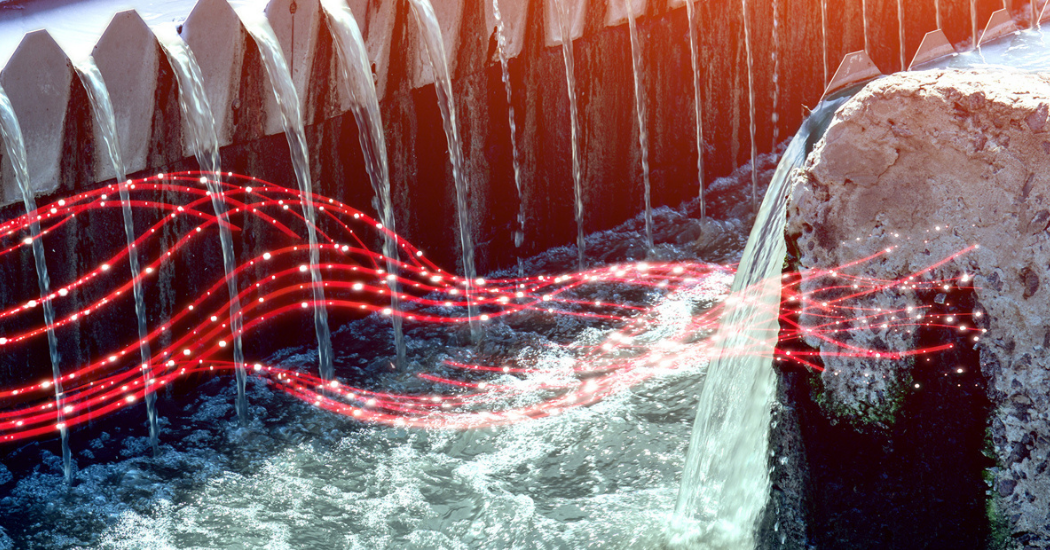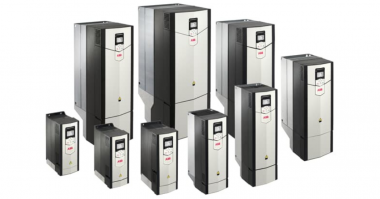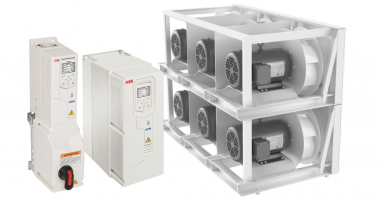Today, about 55% of the world’s population lives in cities and, as urbanization increases, this percentage is predicted to rise to well over 60% by 2050. Water utilities will therefore need to expand their networks and add new treatment facilities to supply these new urban dwellers with fresh, clean water. Since producing clean water involves energy-intensive processes at every stage, utilities also need to find ways to maximize the efficiency of their networks.
Here are 4 ways that utilities can save energy throughout their systems.
1. Energy optimization
Variable speed drives (VSDs), such as the ABB ACQ580 for water and wastewater, can include dynamic energy optimization controls that are built-in to the drive. These dynamic controls automatically adapt to changes in the motor load, reducing the energy needed to deliver the required torque. In turn, this reduces the total energy consumption when the system operates below the nominal load. In water and wastewater applications, energy optimization can improve the overall efficiency of a motor and drive system by 2 to 10%. In desalination applications, the energy savings can be between 30 to 60%.
2. Energy monitoring
An important aspect of improving energy efficiency is measuring energy use and the effect of changes to the system – and ensuring that they successfully reduce energy use. VSDs can include this type of energy monitoring function built-in, which enables utilities to follow their energy use and calculate energy savings in kWh, MWh, CO2 emissions and money saved.
3. High-efficiency VSD motor packages
Since the demand for water varies during the day, it’s important that pumping systems operate efficiently at partial load. A proven way to improve the partial-load efficiency of a pumping system with a motor is to add a VSD. Because the VSD can directly control the speed and torque of the motor, it ensures that the motor only does the work needed to provide the required flow. This is much more efficient than running a motor at full speed and using valves and throttles to control the flow. On average, using VSDs with high-efficiency motors can lead to energy savings of 25 to 30%.
4. IE5 Synchronous reluctance motors
Many utilities run their older motors until the end of their working life, which can be several decades. However, these older motors are usually a lower efficiency class, like IE3. Upgrading to newer, more efficient motors, can reduce motor losses and further save energy. Each IE class delivers 20% lower losses, meaning that an IE4 motor will have 20% lower losses than an IE3 motor, while an ultra-premium efficiency IE5 motor, like ABB’s IE5 SynRM motors, can reduce total losses by up to 40%. As a result, replacing older motors, even if they are still in working order, can often payback in just a few years.
Read more about the ABB IE5 SynRM and Drives.
Read the white paper Improving the efficiency of pumping systems can reduce energy use everywhere fresh water is needed.





Comments